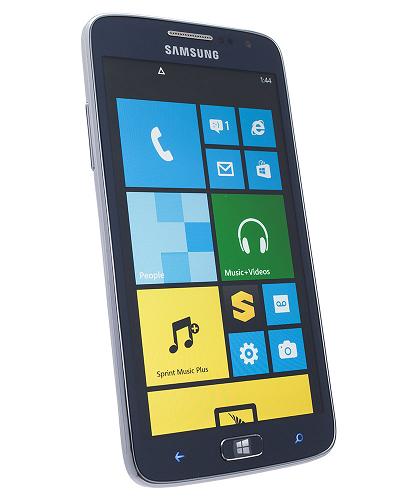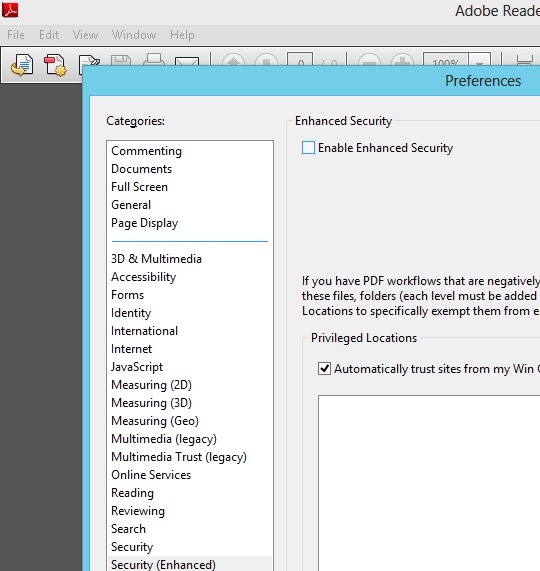
A few weeks ago, I wrote a review on Sprint.com for a phone I picked up in August. The Samsung ATIV S Neo. Unfortunately, the phone has a few issues – and Sprint’s customer service isn’t going to help you fix them. I think this should be known to potential customers. Unfortunately, I received an email stating that my review would not be published until I removed my complaints about Sprint’s customer service. Customer Service is part of the problem with this phone. Not the individual agents – they care, I know they do. The problem is that they aren’t being informed of a much wider issue, and all it does is frustrate those of us with ongoing issues!
Below, I have decided to post my entire, uncensored review of Sprint’s Samsung ATIV S Neo. Enjoy.
I love Windows Phone 8. Just as I loved Windows Phone 7 before it. It gets a bad wrap for not having a lot of apps, but all of the apps that I actually use on a day-to-day basis are right here when I need them. I can do my banking, all of my email and chat programs, social networking, etc… several of the networks can be integrated directly with the phone, even without the specific app installed: Facebook, LinkedIn, and Twitter can all be updated from the “Me” tile with just a couple of taps
The downside seems to be a known issue with Windows Phone 8 that Spring and Microsoft have refused to officially acknowledge and tell us whether or not a fix is on the way. The overwhelming majority of WP8 users (both this Samsung model and the HTC model) are reporting that the voicemail indicator does not work. You have no idea that you have a voicemail until you actually force yourself to manually call in and listen – hoping “there are no new messages” is all you hear. This is a massive frustration we have brought to Sprint’s attention in the support forums, and they try to go through troubleshooting steps with you each time, as though it is a problem that can be resolved on the headset when it appears that THOUSANDS of WP8 handsets have the issue. Windows Phone 7 had no such problem, and I’ve strongly considered going back to my HTC Arrive because of this.
The phone ITSELF, though, is amazing. The hardware design is beautiful, it’s nearly identical to the Galaxy S4. The processor and memory make for one of the fastest WP8 devices you can buy, the screen supports beautiful 720p resolution, and although it’s no Lumia 1020, it takes beautiful pictures and video, although I do find the flash to be slightly off which can lead to difficulty when trying to use something like the Chase bank app’s Quick Deposit feature where you need to photograph checks. I don’t buy cases for my phones, and even riding in my pocket with change and other items, the back and screen of the phone are scratch free and still beautiful to look at. The large screen can make the phone a bit wide for some peoples hands, mine included, but I don’t mind the size when the image quality is just SO good.



